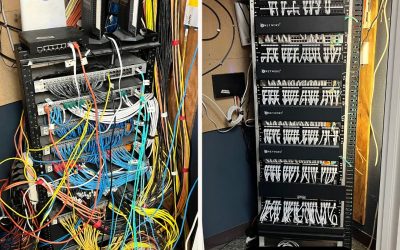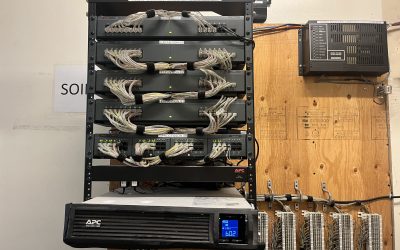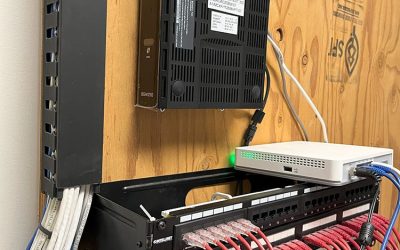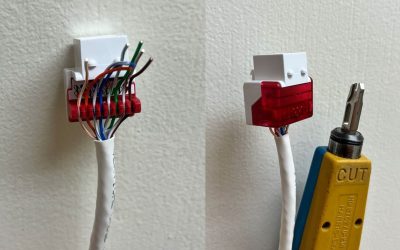Cable testing and certification are critical for reliable network infrastructure. Testing evaluates continuity, attenuation, and crosstalk, ensuring data cabling and low voltage wiring perform optimally. Certification verifies that network cabling meets industry...
Blog
Structured Cabling vs. Point-to-Point Cabling: Key Differences
Structured cabling and point-to-point cabling are two network installation methods that impact performance and scalability. Structured cabling consolidates network infrastructure, including data cabling, voice cabling, and low voltage wiring, into a centralized...
Low Voltage Cabling: Application and Benefit
Low voltage cabling refers to wiring systems that carry 50 volts or less, primarily used for communication, security, and automation systems. Common applications include network cabling, audio-visual systems, access control, and security cameras. These systems consume...
The Role of CAT6 Installation in Networks
CAT6 cabling is a high-performance solution for data transmission in residential, commercial, and industrial settings. It is designed to handle gigabit Ethernet and supports frequencies of up to 250 MHz, making it suitable for applications requiring high-speed and...
Benefits of Structured Cabling for San Diego Businesses
Structured cabling organizes and connects communication systems into one infrastructure, including data, voice, and video. It supports faster data transfer, easier troubleshooting, and scalability for future upgrades. Key components include horizontal cabling for...
Choosing the Right Cable: CAT6a, CAT6, or CAT5e for Your Network
When setting up network cabling for a home or business, it's essential to choose the right cable to ensure your internet connection performs at its best. The most common options are CAT6a, CAT6, and CAT5e. Each of these cables has unique specifications that impact...
Coax vs. CAT6a: Which Is Faster for Internet?
When it comes to setting up a reliable internet connection, the type of cabling you use plays a significant role in achieving optimal speeds. Two common types of cables that may come into consideration are coaxial cable (coax) and CAT6a cabling. While both serve...
How to Wire and Work with 25 Pair Cable: A Practical Guide
When it comes to telecommunication systems, 25 25-pair cable is a critical component, commonly used in both residential and commercial applications. This type of cabling is essential for wiring voice systems, particularly in environments where multiple phone lines are...
Tips for Wiring Low Voltage Cables: A Guide for San Diego Businesses
The right techniques and tools can make a significant difference in performance and longevity. This guide provides essential tips for wiring low-voltage cables, focusing on CAT6 installation, structured cabling, and other critical systems. Plan Your Cable Route...
Tools for CAT6 Cabling and Data Cabling Projects
Having the right tools for CAT6 and data cabling is crucial for optimal performance and longevity. This guide outlines the key tools needed for a successful cabling project. Cable Testing Tools A cable tester ensures the connections are correctly wired, and the cables...










